Table of contents
General Meaning of Reflexology
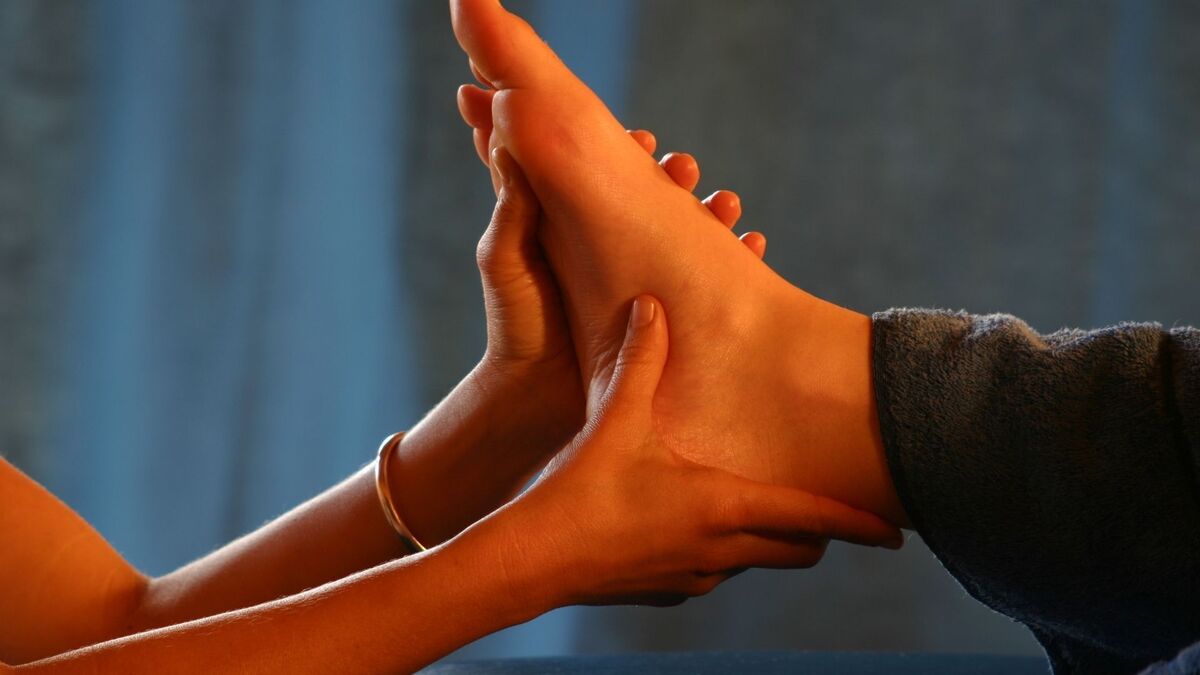
Recognized today as an alternative therapy, Reflexology, or Zonatherapy as it is sometimes referred to, has been gaining space for assisting in the treatment of some diseases, medical conditions and disorders. Through the use of pressure on specific points of the body (feet, hands, among others), Reflexology seeks to contribute to the production of specific effects on other parts of the body.body.
Still regarded as a pseudoscience, that is, a discipline based on beliefs and assertions without formalized scientific proof for medicine, Reflexology believes that each body part or organ has communication points that can be accessed through the soles of the feet, hands or other places such as the ear and face.
Although there is no clinical evidence that Reflexology can be used for medical purposes, it is a widely studied subject that has its history in therapeutic medicine well in depth. Learn more about the benefits, history and how to practice Reflexology. Make use of this ally to contribute to your health and well-being!
Reflexology, its history, benefits and how to practice
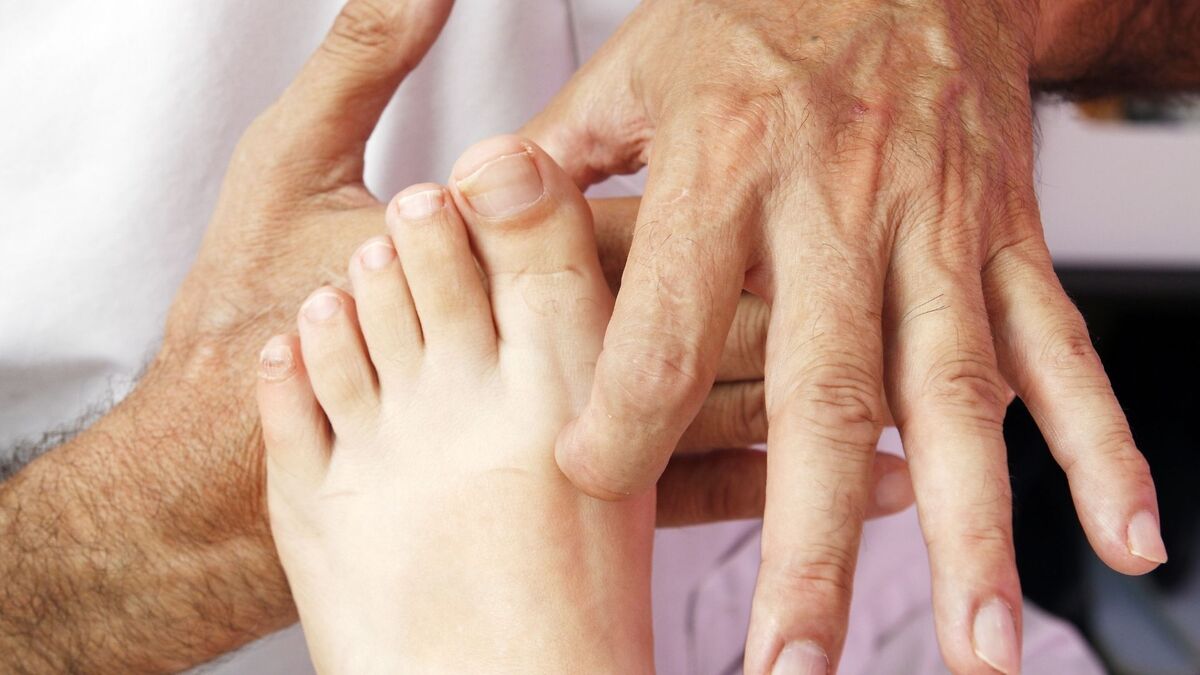
Like other techniques, Reflexology is a therapy that seeks to ease pain and symptoms in some parts of the body. Like all pseudoscience, there is no formalized literature that its effects are applicable to medical situations, but it can be used to complement treatments already in progress. Learn the history and see the basics of this therapy below!
What is Reflexology
Reflexology is a therapy based on massages that use the pressure of the fingers of the hands on specific points of the face, feet, hands, head or ears, since these are directly connected or correspond to some organs or specific regions of the body. To perform Reflexology, charts or support maps are used to guide on the specific region thatcorresponds to the pressed points.
As such, we can say that Reflexology studies the reflexes that the pressed points cause in other parts of the body. It is a holistic healing technique, that is, it seeks to understand the phenomena of the body and human anatomy in its entirety to improve or lessen symptoms and pain.
History of Reflexology
The first studies on the subject of "reflex" in the human body appeared in the scientific literature from the theory of "high-reflex" by René Descartes (1596-1950). This concept applied to the examination of the neurological system and small interventions with therapies such as pediatric physiotherapy and psychology. However, it did not establish itself as a science.
Although it has several uses, in different fields in the general history of medicine, the term reflex is aligned to a basic pattern in which it surrounds the way the organs are regulated and their activity. According to medicine, the reflex was also used by Doctor Fitzgerald (1872-1942) in the hospital where he worked and what led him to write the book "Therapy Zone: or Pain Relief at Home",published in 1917, talking about the analgesic effect that stimulations, in certain areas of the body, produced.
Another appearance of the term comes from Paris, in the 50's, when, while practicing a technique of spinal stimulation, Louis Va Steen commented to be influenced by the considerations of Chinese medicine, arrived in France through G. Soulié de Morant. These and other writers influenced the techniques of osteopathy and chiropractic, also used today as study lines of Reflexology.
The Chinese and Japanese cultures also have techniques and procedures that are similar to the practices of Reflexology, although they are based on traditional Eastern concepts, they are relatively similar to each other. Therefore, acupuncture also makes use of some concepts of Reflexology, such as the direction charts, to understand the relationships between the parts of the body.
Benefits of Reflexology
Reflexology is indicated as a holistic therapy for anyone. Its techniques can not be confused with the concepts of a basic massage focused only on relaxation. It has the function of seeking the unbalanced energies of the body through the sensitivity of some points.
It aims to provide, in a natural and simple way, without the use of evasive techniques, the stimulation of healing forces to the body, always seeking the physical and also emotional well-being. Reflexology will bring feelings of relief and relaxation when applied to various disorders of the body.
How to practice Reflexology at home
By applying pressure to points on your own feet and hands, you can practice Reflexology at home, but for the correct application it is always interesting to have the assistance of a professional and the correct indications of how to perform the technique and with the support of maps signaling the correct points to be pressed, so that you use the therapy in the best way.
The use of thumbs to practice Reflexology, works well, in some cases are used an artifact similar to a pointer, both should be used to locate the specific points and thus, you can practice some movements to relieve stress and tension of everyday life or after repetitive or heavy work.
How often Reflexology can be practiced
There is no suggested frequency, but in general, the sessions with professionals specifically focused on Reflexology are weekly and show effective treatments and results. But, if you have availability, you can use this therapy whenever you feel necessary. As the performance is aimed at the prevention and treatment of body dysfunctions, it is worth observing symptoms and use itwhen you need it.
Reflexology in integrative medicine
Emerged as a new concept, integrative medicine aims to include the patient as the center and see him as a whole. From this vision, various professionals and methodologies should be consulted and inserted in the treatment of the pathologies that present themselves. Thus, together with the medicine we already know, the traditional one, integrative medicine aims to allowinterdisciplinary, aligning parallel techniques and meditative practices and Reflexology, for example, to the treatments.
It is valid to comment that Reflexology should not be used to replace any medical treatment or use of medication. It should be employed as an additional care. The objective of applying various techniques is to seek the reduction of muscular pain, elimination of inflammation, promote the control of problems of the digestive system and intestine, improve stress, relieve anxiety and alsoassist in cases of depression.
The goal of Reflexology as a therapy is not to promote healing, but to balance the body's systems so that they can perform their functions in the best way, based on the stimulation of some areas that are little activated in everyday life and promoting relaxation of hyperactive areas. It is a therapy that does not interfere in the functioning of areas that are regulated and working correctly.
The classification by reflective areas
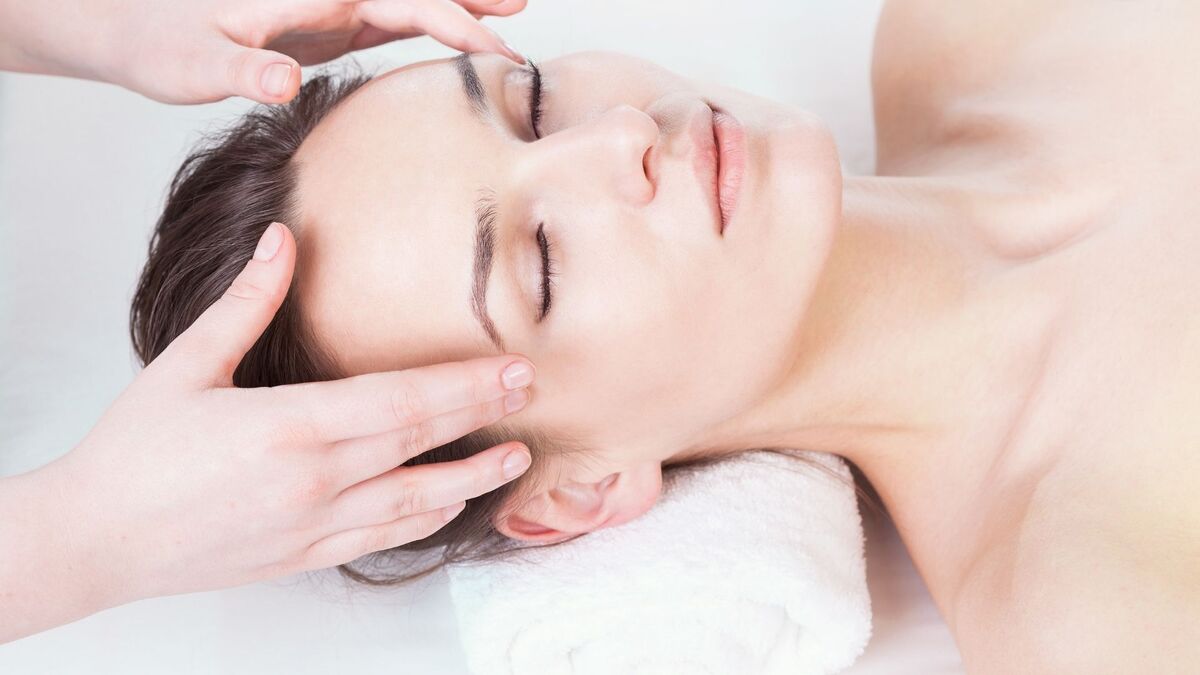
According to Reflexology, there is a basic classification of the body by reflex areas and these can be accessed through some parts of the body: from the hands, called the palmar reflex, through the feet as the foot reflex, through the ears called the auricular reflex, through the spine as the vertebral reflex, through the face called the facial reflex, from the skull as the cranial reflex, and separately,the reflexes of the mouth, teeth and nose.
For each reflexive area, there are maps and supporting charts that help you understand which parts of the body or organs they communicate with. Understand the details of the application of Reflexology in the main reflexive areas and the benefits that this therapy brings to your health. Read on and check it out!
Spine
For the spine, the Reflexology-based technique consists in applying small soft strokes, called percussions, with the middle finger, hitting the areas under the vertebrae. The professional should perform the percussions as close as possible to the vertebrae and also, according to some application suggestions, exercise electrical stimulation of the areas with specific devices.
Feet
The points of the feet are the most used by Reflexology for its effectiveness because, according to some studies, the feet reflect virtually all health situations that the body may be involved. Thus, by stimulating the correct areas it is possible to relieve muscle pain and promote body balance in a quick and simple way.
In this scenario, the professional stimulates the pressure on the mapped points and, if necessary, uses an artifact called pointer or even the finger itself. The stimuli in the feet, for example, seek the regulation of blood concentrations, promoting the communication connection between the organs and the brain.
Hands
Just as for the feet, the hands are for Reflexology a great concentration point of reflexive areas. The region closest to the fingertips, both on the feet and hands, corresponds to the head and regions closer to the wrist and also from the ankle to the hip areas. According to reports, recently, in acupuncture, the application of needles in the hands has been applied from mapsand Reflexology charts.
Ears
The stimulation technique known as auriculopuncture, is one of the lines of study of Reflexology. Originating in China, the therapy has been used as a stimulus mechanism for the nervous system and also for the digestive system. Although there is still no consensus between how many and which are the auricular points and their effects, the technique is a therapeutic possibility and proves experiences alreadywith some published results.
Facial reflexology
Based on the muscles of the face, facial Reflexology seeks, in addition to relaxing and toning parts of the face, to activate points of the body that can be accessed through the face. It is used to transform and contribute to the proper functioning of the organs and joints of the entire human body.
Foot reflexology and palm reflexology
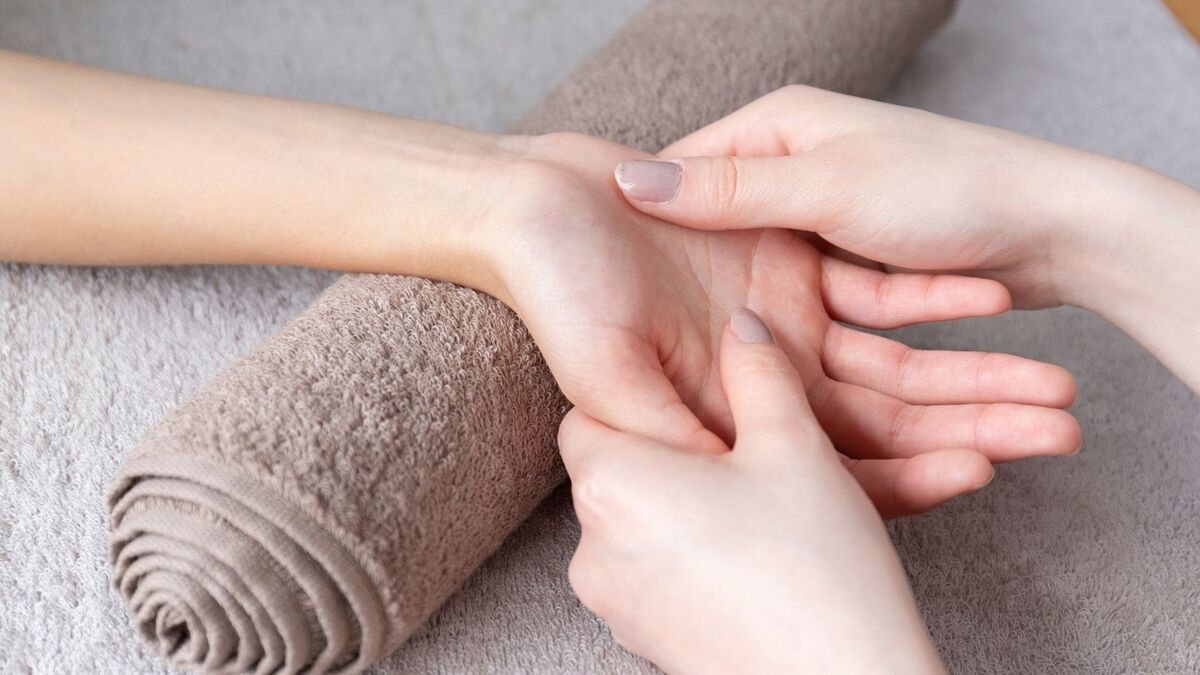
The podal Reflexology, based on the feet, and palmar Reflexology, based on points found on the hands, are the lines of study of Reflexology more used in medicinal treatments. Consisting always in the pressure of the points, has the intent to promote the balance of energies of the body and combat the appearance of diseases or even problems with health.modalities. Follow your reading!
Foot reflexology
The sessions of Reflexology podal are performed, usually by a professional called reflex therapist. He knows the reflex points of the body and its nerve endings, present in the feet. The session will seek to stimulate the specific points present on the soles of the feet.
The relief for pain can be immediate or promote progressive relaxation that will calm the tensions in the sequence. In addition, the session will seek to promote an improvement in blood circulation to all organs of the body. Although it is sought, most often for muscle relaxation, the technique will help the sensations of balance of the whole body.
How to perform the technique
The reflex therapist will press, in a controlled and non-evasive way, the points on the soles of the feet which contemplate the endings of the nervous system and which are also the points corresponding to various organs. By provoking these stimuli in the endings, there will be an aid in the process of self-control of the body. Helping in the production of nutrients that the body needs to restore itself.
The application of the technique provides an immediate well-being and relaxation which, according to Reflexology, promotes the release of toxins from the body. Thus, it is used to improve problems such as lack of sleep, stress, difficulties with blood circulation, hormonal and intestinal problems, labyrinth crises, kidney stones, breathing difficulties, chronic headaches, muscle pain,among others.
There are several ways to apply the technique of foot reflexology, see some guidelines on how to practice:
Hold the thumb with the fingers of only one hand. With the thumb of your other hand, go up from the base to the tip of the finger. Repeat the movement for one minute, always in parallel lines. Then, hold the thumb with the fingers of one hand and with the thumb of the other hand trace a cross, finding the center of the finger. Put it down and press your thumb to complete circles. Repeat this activity for 15 minutes.
Finally, bend the foot backwards with one hand and with the thumb of the other hand, make lateral movements. Repeat this movement for 8 times and then bend the foot backwards again, but now, with the thumb of the other hand, go up to the base of the toes. Repeat for 5 times. Perform these steps whenever possible.
Palm Reflexology
Palmar Reflexology, is based on the hands. Reflexology believes that the lines and points found on the hands, when activated or pressed, can contribute to the pulsating movement, especially improving circulation and blood flow by delivering the body's communication with other organs.
The therapy is also used to relieve stress, promote physical relaxation of various areas of the body and also to promote mental relief, leaving thoughts lighter. In many literature, the palmar Reflexology appears also entitled chiropractic Reflexology.
Reflexology to release tension in the head and neck
To release the tension that is often felt and started in the neck and head, it is recommended to use the podal Reflexology, through the points present on the soles of the feet. Try doing it at home. With the fingers of your hands intertwined with your toes, make them come together and perform a small pressure.
The movements should be light and with little rotation. Feel the exercise and relax the neck and head. But remember, seek a specialized professional to deepen in the technique if the pain is constant.
Reflexology to relax the diaphragm
The release of the diaphragm can also be initiated and worked on with the techniques of foot reflexology therapy. Perform the following steps: with your right hand resting on the dorsum of your left foot, try to bring it against the thumb of your left hand. See that the pressure will make it come little by little, giving way until the fifth toe. Alternate pulling and releasing movements of the right hand, with lightpressure.
Palmar Reflexology for stress relief
When the subject is stress, Reflexology indicates the use of therapeutic techniques involving the hands. This is because the points present in the hands open the pathways of blood circulation and improve and relieve the sensations of tension in the body. To practice, you must join the fingertips of your two hands and apply light pressure between them.
With movements that imitate a pulse, you should continue massaging the tip of each finger, preferably with your thumb. Notice that you will feel, as the exercise evolves, more relaxed and less anxious. Exercise like this whenever you are stressed. Besides Reflexology, try to do leisure activities, exercise and avoid bad thoughts.
Facial reflexology, holistic vision and method for children
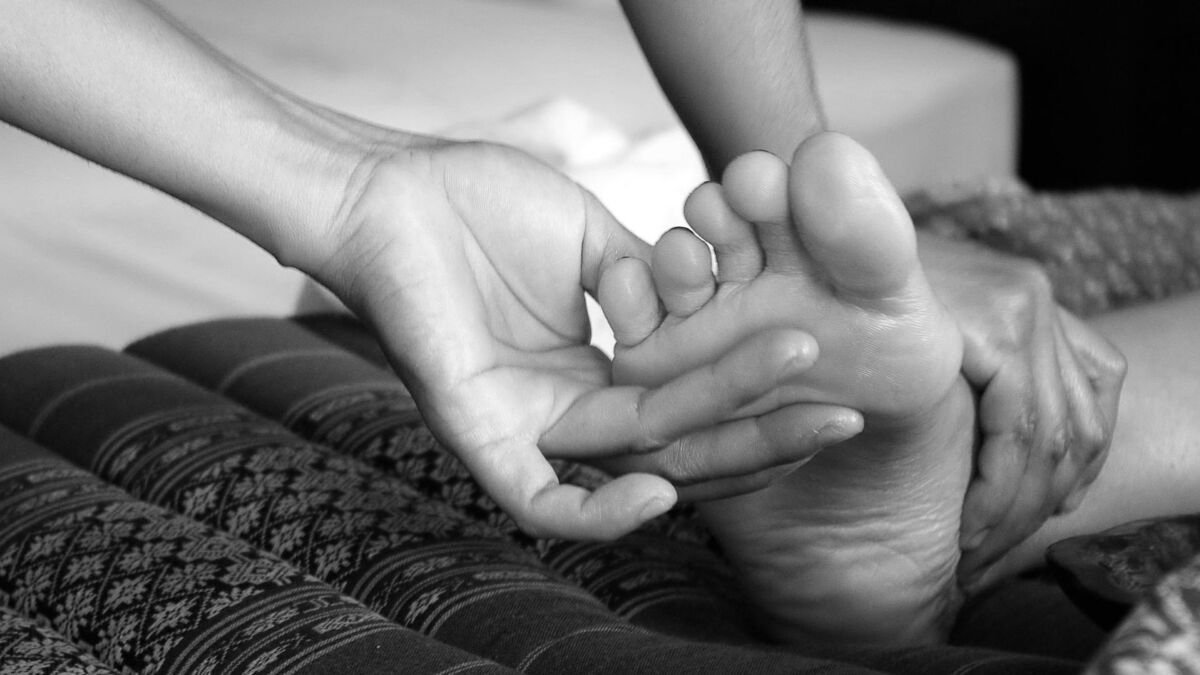
There is also a segment of Reflexology that studies the action points present in the face. Facial Reflexology is indicated to help in the treatment of infertility stress, muscular problems and pains, emotional and psychological difficulties, among others. The benefits are many. It is also oriented with specific methods for the use with children. Check out more about this branch ofReflexology, next!
Facial Reflexology
According to Reflexology, the face has several areas with reflex points that communicate with various parts of the body. With more than 30 years of existence, the technique has been studied and followed by the Danish Lone Soresen, in his institute recognized by the Government of Catalonia) of studies on International Facial and Podal Reflexology. With several other schools around the world, this therapyhas been offered to parents and schools to contribute, above all, to the development of children.
What it is
The fundamentals applied to the Facial Reflexology are the same concepts addressed by the Foot Reflexology, ie, based on the stimulation of some points with nerve endings of the face, it seeks to trigger reflexes, especially in the brain. Reflexology believes that this stimulus, through the face, is more accurate, since the points are closer to the brain and are attended cmmore speed.
Holistic vision
The Facial Reflexology therapy seeks to combine techniques of Eastern medicine, with techniques of acupuncture therapy and also concepts of neuroanatomy. Thus, it becomes a holistic therapy for being based on the observation and analysis of the whole. According to documentation from the Institute of Reflexology International, more than 14 different methods are used to compose the techniques used inface.
The use of various techniques reinforces the holistic positioning, where there is the study of the whole, seeking to understand all the problems that the body is experiencing to enhance, through the reflective points of the face, the healing. Each technique will act on specific posts of the functioning of the body as: respiratory system, blood circulation, nervous system, among others.
Method for children
Still based on Sorensen studies (Institute of Facial Reflexology), a method directed to children was created. This therapy combines several techniques of facial and foot reflexology. Totally manual and based on muscle activation, the method for children seeks to treat learning difficulties, work hyperactivity and dyslexia and also to promote self-control in situationsof aggression.
According to the institute, the technique is also recommended with effective results for a better control and understanding of mental disabilities, possible brain damage and autism. The techniques are already used in some countries such as Finland, Denmark and Sweden. The Reflexology institute seeks to dissipate knowledge and take the therapy to other countries in order to help thechild rehabilitation process.
Is it possible to obtain healing through Reflexology?
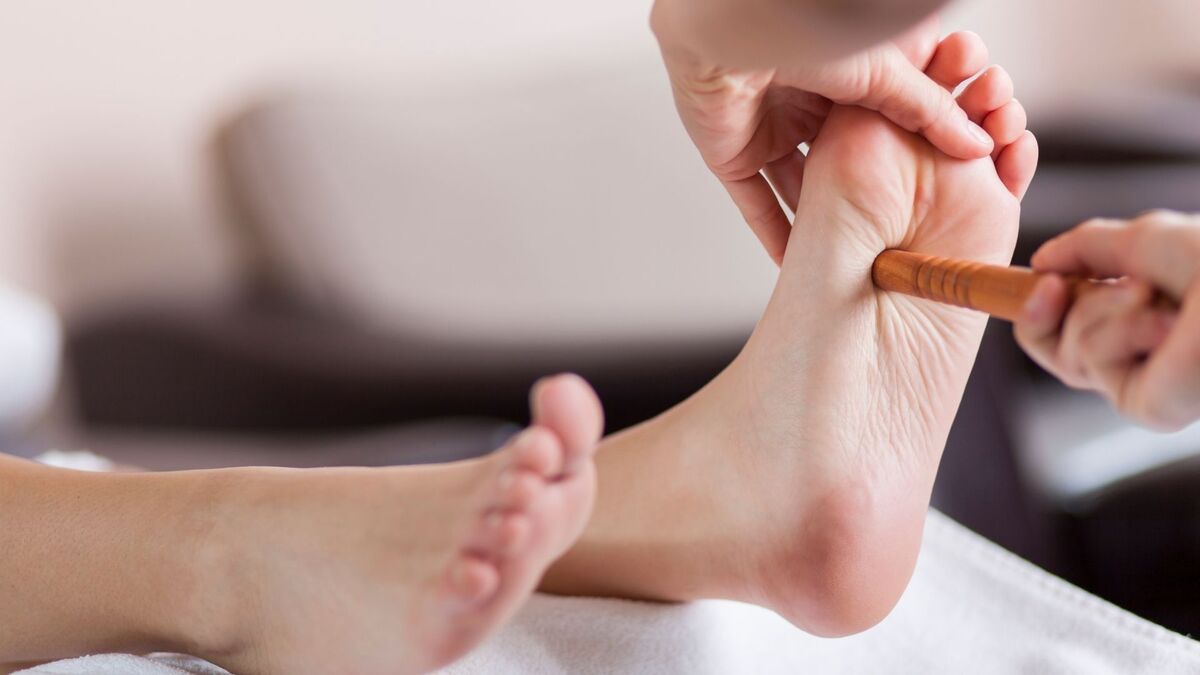
Like other alternative therapies, Reflexology in all its segments, is a technique that can add to the treatment of medical conditions and the prevention of symptoms for diseases of the whole body. Although it has proven results and published, it can not yet be used solely and exclusively to promote total healing. It should always be aligned with a relevant medical treatment and underthe accompaniment of specialists.
Do not stop using alternative techniques to learn more about your body and your health. You must be committed to be aware of your capabilities and make efforts to maintain your well-being. Read a lot, try to understand about various techniques and start using Reflexology and other therapies only if they are really aligned with the needs of your body. Usetherapies in search of your health!

